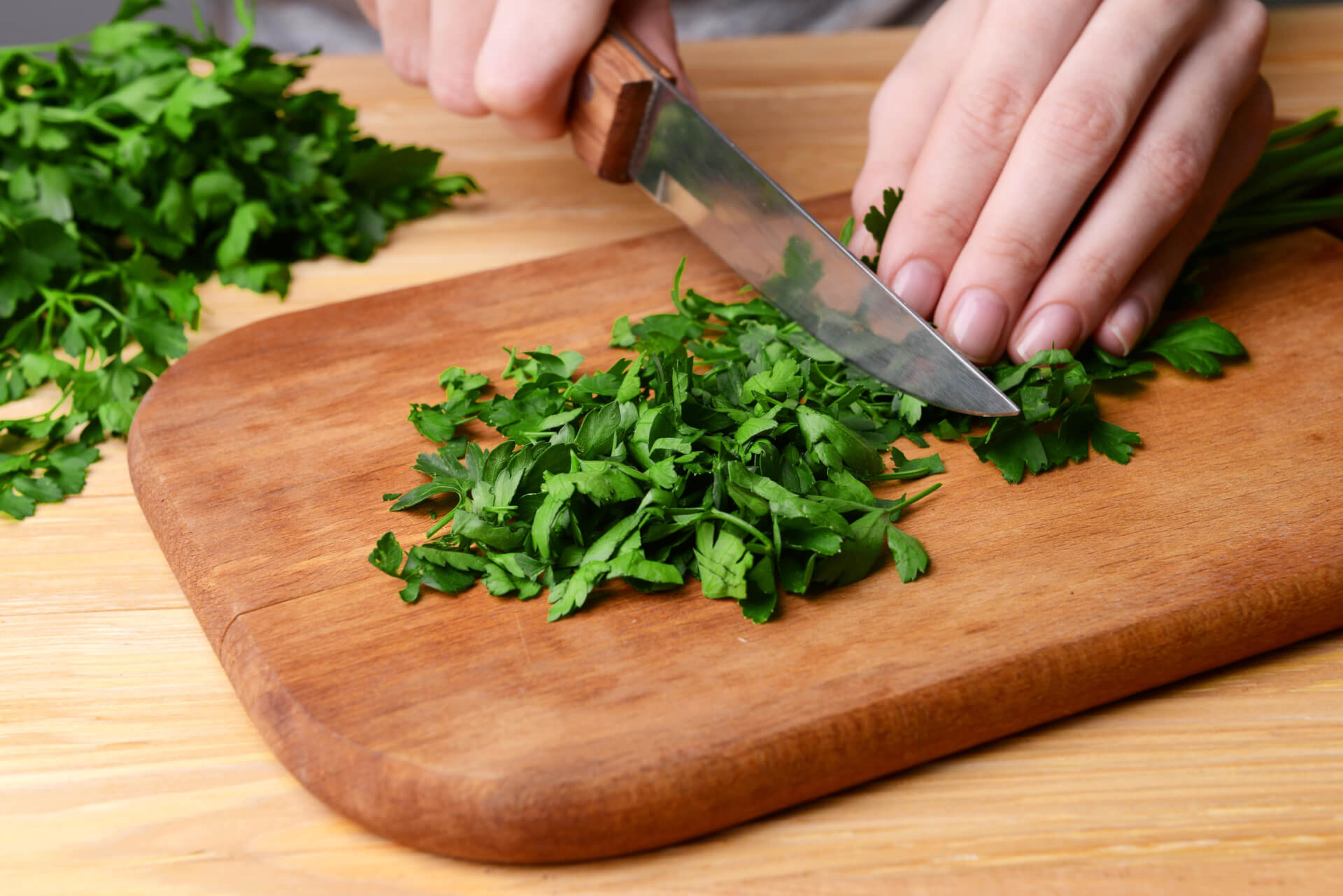The Hidden Costs of Dull Knives in Professional Kitchens: A Sharp Look at Kitchen Safety and Efficiency
In the fast-paced world of professional kitchens, every second counts, and every tool matters. Yet many establishments overlook one of the most fundamental aspects of kitchen efficiency and safety: the sharpness of their knives. While it might seem like a minor detail in the grand scheme of kitchen operations, dull knives can have far-reaching consequences that impact your bottom line in ways you might not expect.
The Real Price of Cutting Corners
Picture this: A prep cook laboriously sawing through vegetables with a dull knife, applying extra pressure and taking twice as long to complete their tasks. Not only is this inefficient, but it’s also dangerous. When you’re forced to exert more pressure with a dull blade, you significantly increase the risk of the knife slipping and causing injury. These injuries aren’t just painful—they’re expensive, leading to workers’ compensation claims, lost productivity, and potential staffing shortages.

Consider the statistics: Professional kitchens with properly maintained knives report up to 50% fewer cutting-related accidents compared to those that neglect their knife maintenance. That’s not just a safety statistic—it’s a direct impact on your operational costs and team morale.
Beyond Safety: The Quality Connection
The impact of dull knives extends far beyond safety concerns. When you’re working with less-than-sharp blades, you’re actually damaging your ingredients. Dull knives crush rather than cut, destroying the cellular structure of vegetables and herbs. This doesn’t just affect presentation—it can significantly impact the flavor and texture of your final dishes.
Take herbs, for example. A sharp knife makes clean cuts that preserve the essential oils and aromatics. A dull knife, however, bruises and tears the leaves, leading to faster oxidation and loss of flavor. In high-end establishments where every detail matters, this can be the difference between a good dish and an exceptional one.
The Hidden Time Tax
Time is money in professional kitchens, and dull knives are secretly stealing both. Studies show that prep work with sharp knives can be completed up to 40% faster than with dull ones. Multiply that across every prep task, every shift, and every week—suddenly, you’re looking at significant labor costs that could be better utilized elsewhere.
Let’s break down the math:
- Average prep time saved with sharp knives: 2 hours per shift
- Standard kitchen labor cost: $15/hour
- Potential weekly savings: $210
- Annual impact: Nearly $11,000 in labor costs alone
Before you rush to invest in a technical audit of your website, consider investing in proper knife maintenance—it might offer an even better return on investment for your kitchen operations.
The Solution: Creating a Knife Maintenance Culture
Implementing a comprehensive knife maintenance program isn’t just about buying new knives or scheduling regular sharpenings. It’s about creating a culture of excellence that starts with your tools. Here’s how to begin:
- Professional Sharpening Schedule
- Establish regular professional sharpening services
- Train staff on proper honing techniques between sharpenings
- Document and track knife maintenance
- Staff Training
- Proper cutting techniques
- Basic knife care and storage
- Safety protocols
- Quality Control
- Regular knife inspections
- Performance monitoring
- Feedback system for maintenance needs
Moving Forward with Sharp Focus
The cost of maintaining sharp knives is minimal compared to the expenses incurred by dull ones. By investing in proper knife maintenance, you’re not just buying sharper blades—you’re investing in safety, efficiency, and quality.
Ready to sharpen your kitchen’s performance? Contact us today for a professional kitchen audit that includes a comprehensive evaluation of your knife maintenance program. Your staff, your customers, and your bottom line will thank you.

